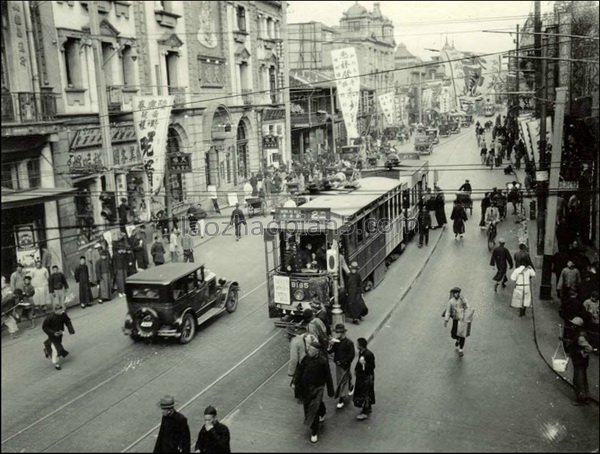[Portrait stone of Guo Jifei’s tomb door (left)]
Portrait stone of Guo Jifei’s tomb door (left), East Han Dynasty, 124 cm high and 48 cm wide
This portrait stone is a pair with another portrait stone on the door of the tomb of Princess Guo Ji, which is hidden in the Palace Museum. This is on the left. The upper part of the door leaf is a rosefinch, the middle part is a head ring, and the lower part is a unicorn. A hole is drilled in the middle of the door leaf to place the handle. The door leaf is engraved with the nine characters “The outer chamber of the concubine Guo Ji, who was born in the West River.”. According to the Records of Geography in the Book of Han Dynasty, Xihe County was established in the fourth year of Yuanshuo (125 BC) of Emperor Wu of Han Dynasty, and Yuanyang was one of its subordinate counties
The door leaf is the door of the underground tomb. According to the rules of tomb construction, there should be a door post beside it. There should be a lintel above the door post and the door leaf, and the shaft on the door leaf should be connected with the lintel, so that the tomb door can be opened or closed
The patterns on the door leaf have been found in Shandong, Nanyang, Henan and other places, which should be affected by these areas. The door leaf was unearthed in Lishi, Shanxi Province around 1920. After being transported to Beijing by antique dealers, it was purchased by the Chinese Studies Department of Peking University at that time and then included in the Palace Museum
![图片[1]-Portrait stone on the door of Guo Jifei’s tomb (left)-China Archive](https://chinaarchive.net/Eastern Han dynasty/Sculpture/59204[1024].jpg)




![[Qing Dynasty] British female painter—Elizabeth Keith, using woodblock prints to record China from the late Qing Dynasty to the early Republic of China—1915-China Archive](https://chinaarchive.net/wp-content/uploads/2022/11/image-191x300.png)
